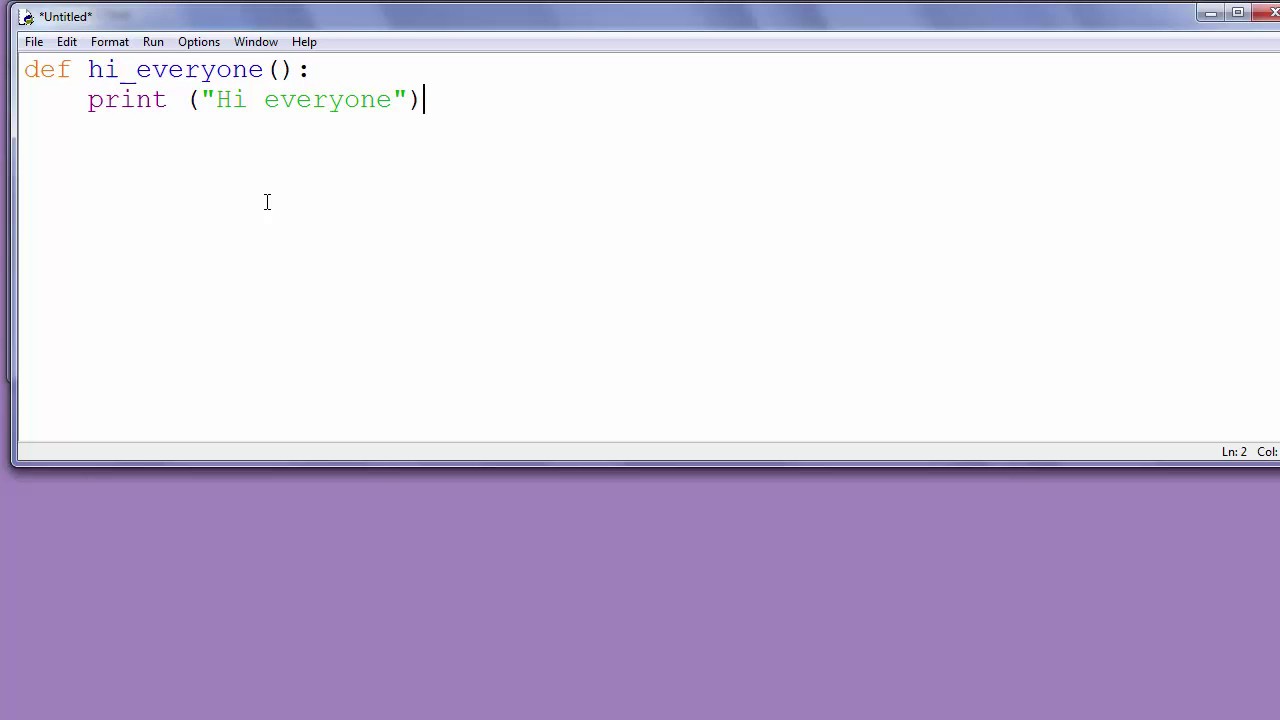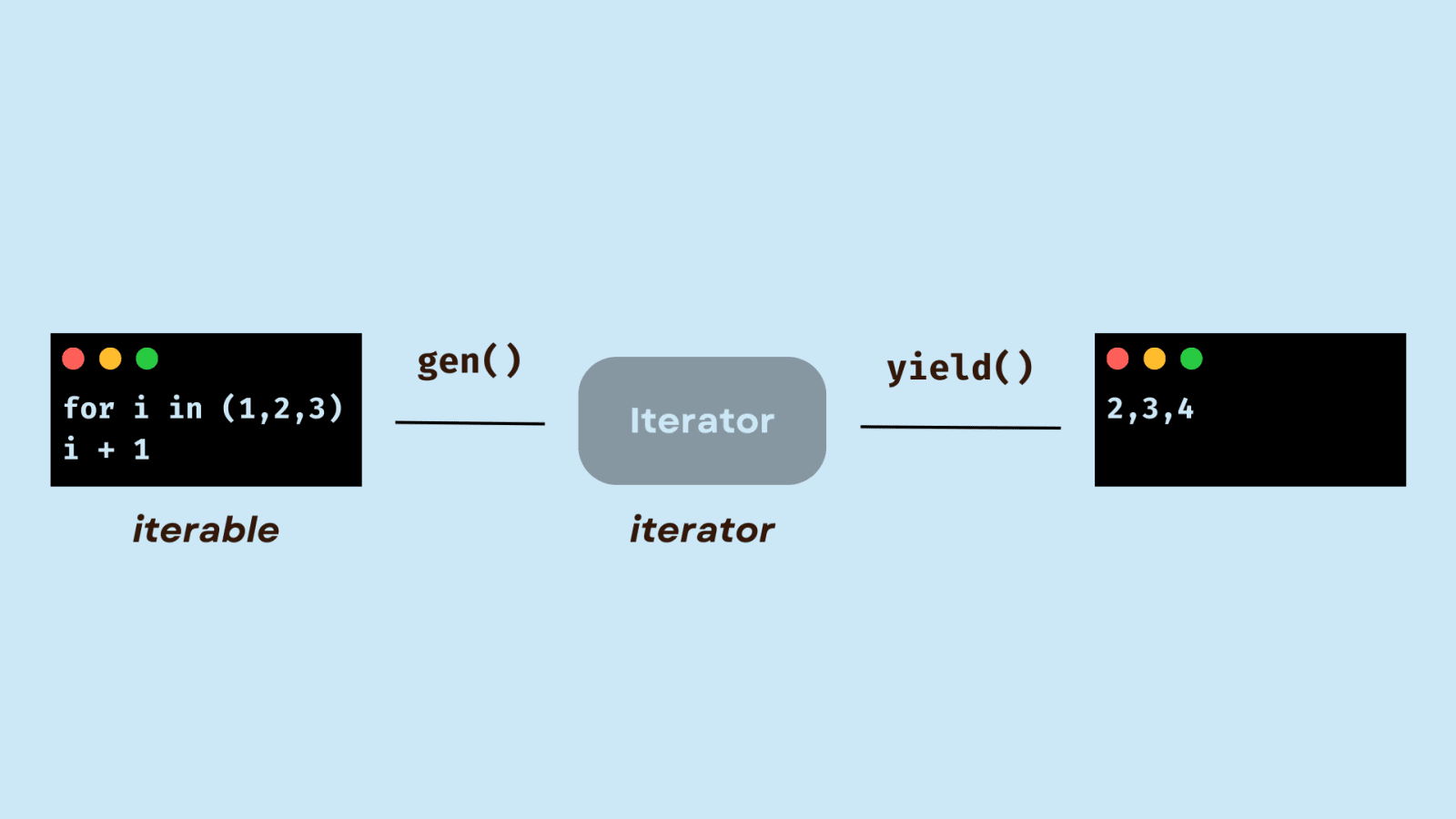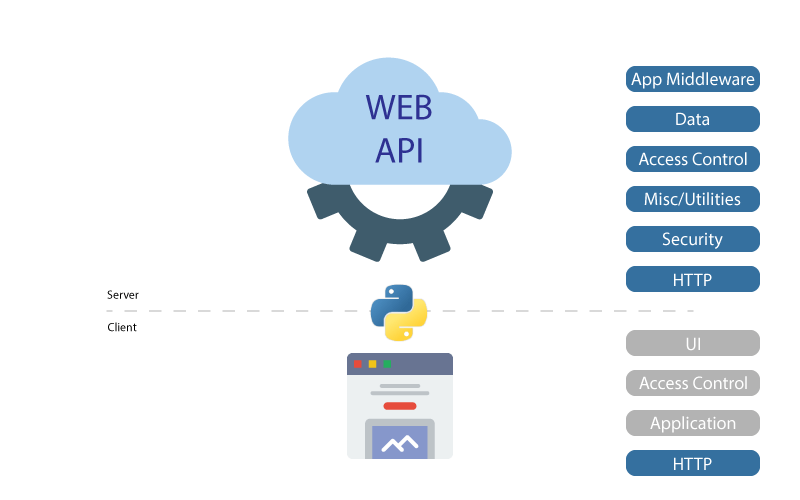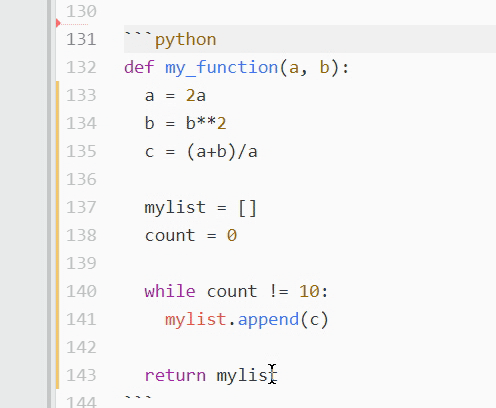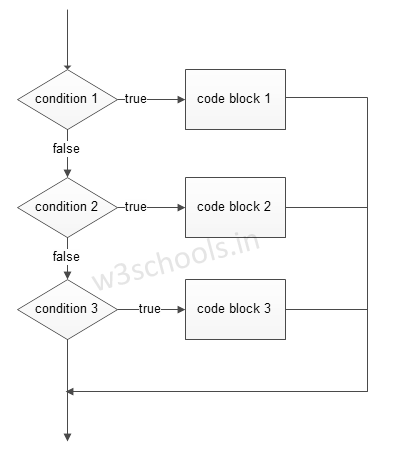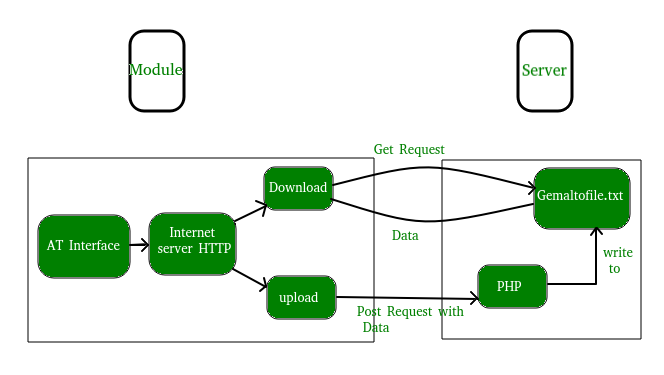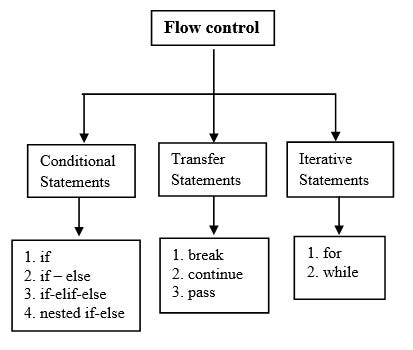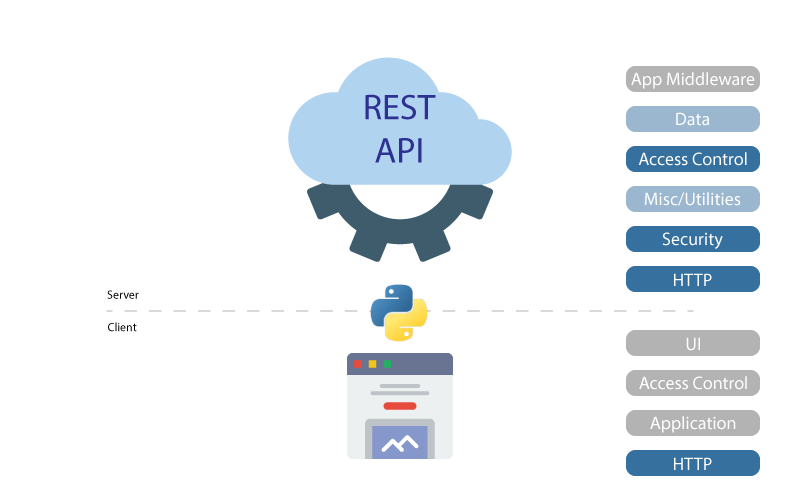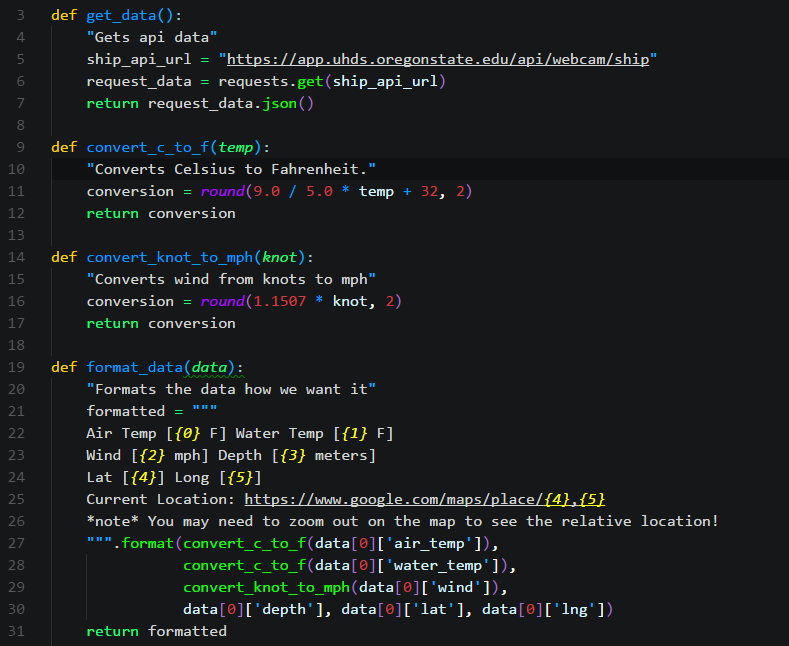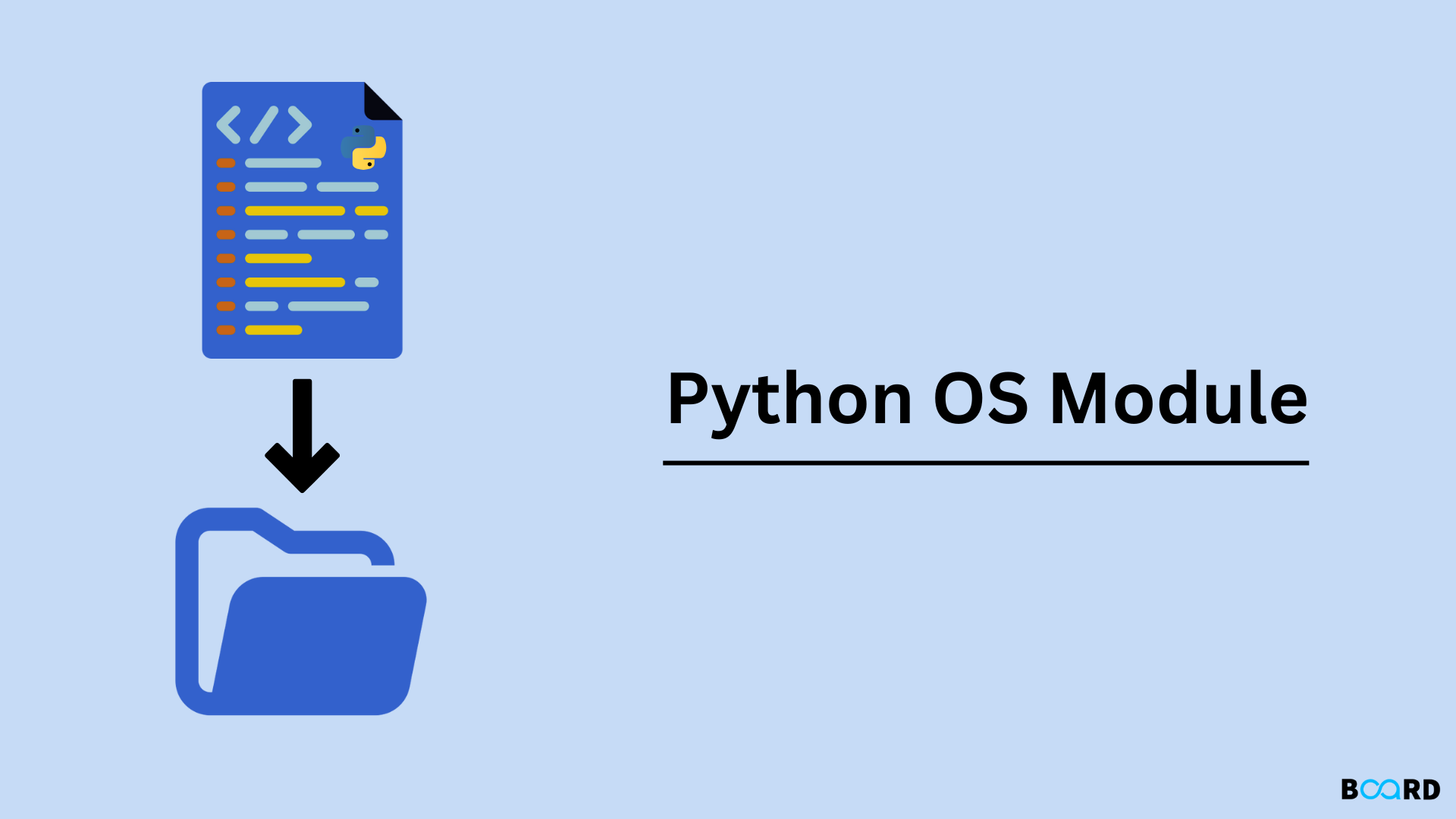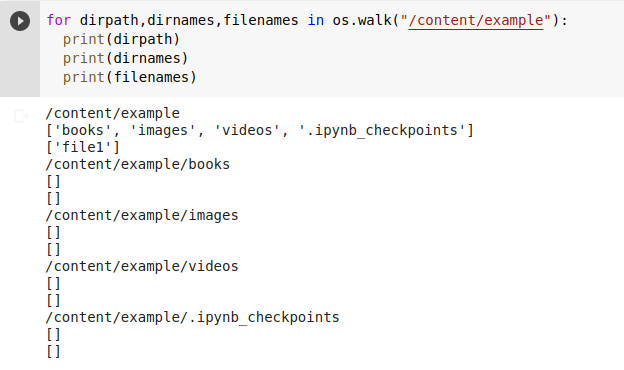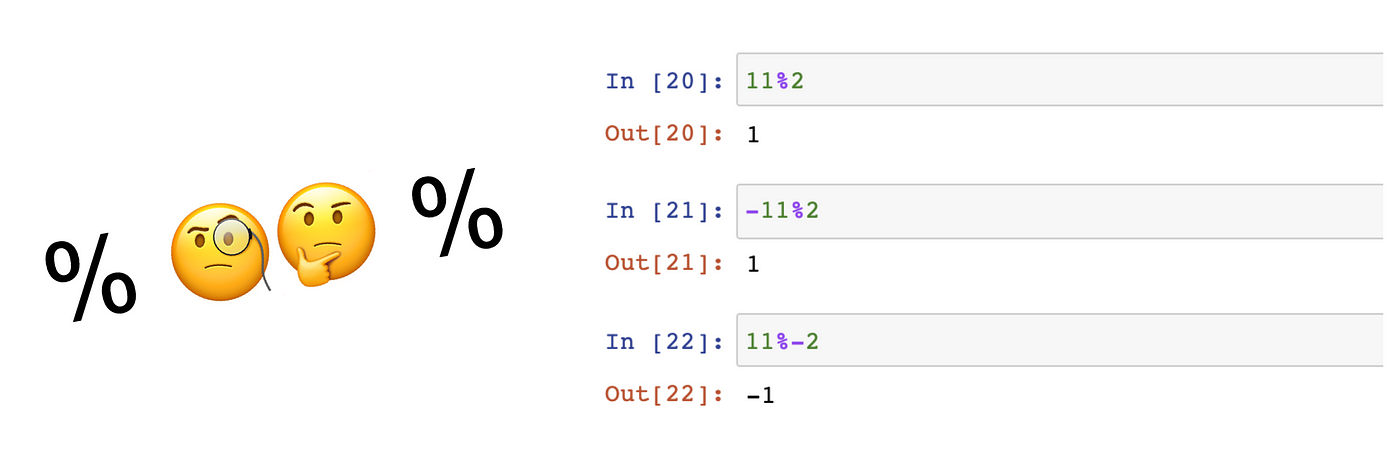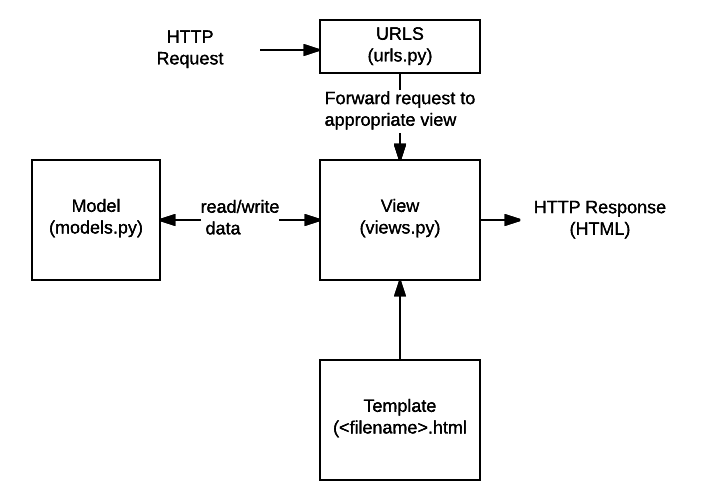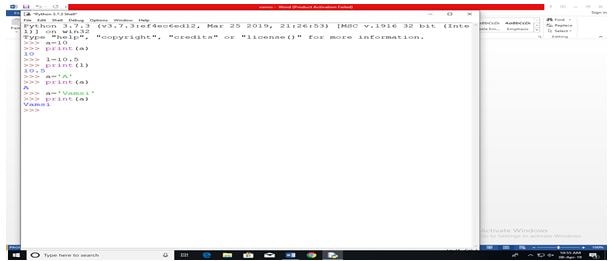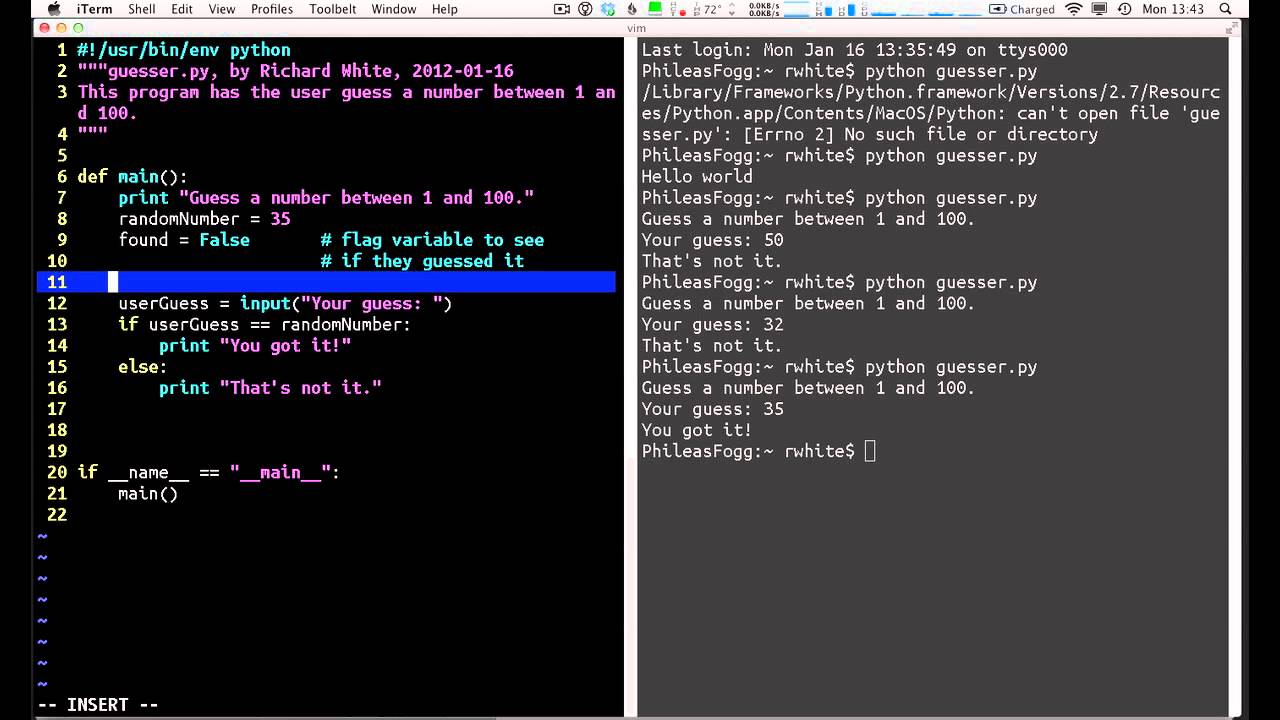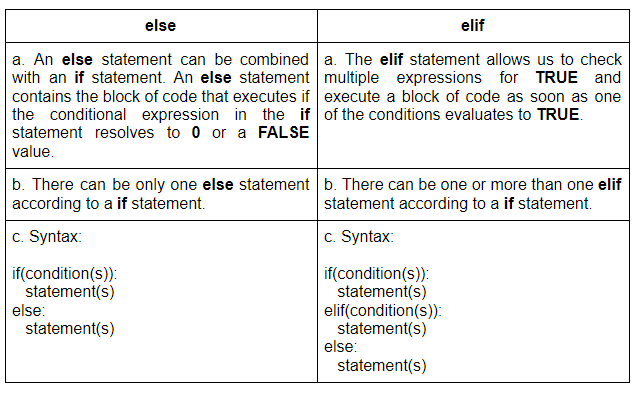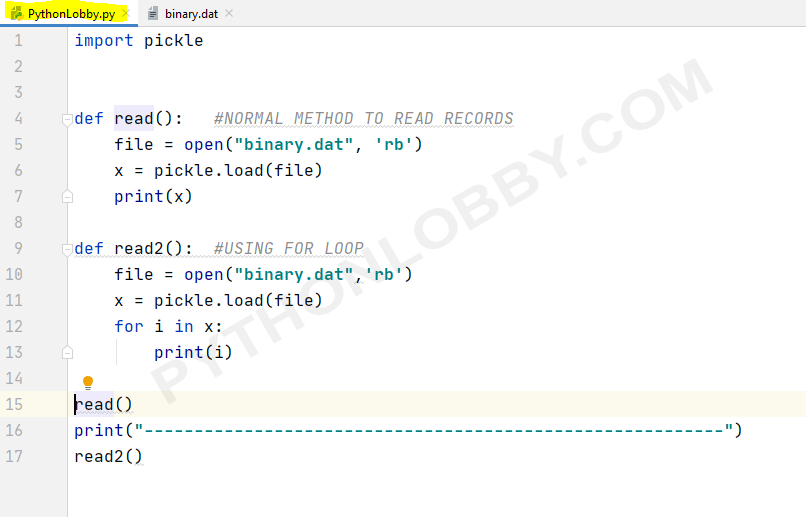Can you use Postman in Python?
Can you use Postman in Python?
You can definitely use Postman with Python! In fact, there are a few ways to do it.
Method 1: Using requests library
The most straightforward way is by using the requests library, which is a popular and powerful HTTP client for Python. You can install it via pip:
pip install requests
Here's an example code snippet that shows how you can use Postman with Python to send a GET request:
import requests
Set the URL and headers (optional)
url = 'https://example.com/api/endpoint'
headers = {'Accept': 'application/json'}
Send the request
response = requests.get(url, headers=headers)
Check the response status code and content
if response.status_code == 200:
print(response.json()) # Print the JSON response
else:
print(f"Error: {response.status_code}")
You can easily modify this code to send POST, PUT, or DELETE requests by changing the requests.method parameter.
Method 2: Using a Python Postman API wrapper
There are also third-party libraries that provide a Python API wrapper for Postman. One example is postman-apis, which allows you to interact with Postman's API programmatically.
Here's an example code snippet that shows how you can use the postman-apis library:
import postman_apis
Set your Postman API token (you'll need to obtain this from your Postman account)
api_token = 'your_api_token_here'
Create a new Postman API client instance
client = postman_apis.Client(api_token)
Set the request details (e.g., URL, method, headers, etc.)
request_data = {
'url': 'https://example.com/api/endpoint',
'method': 'GET',
'headers': {'Accept': 'application/json'}
}
Send the request
response = client.send_request(request_data)
Check the response status code and content
if response.status_code == 200:
print(response.json()) # Print the JSON response
else:
print(f"Error: {response.status_code}")
Keep in mind that this method requires you to have a Postman account and obtain an API token.
Method 3: Using Python's built-in http.client module
As a last resort, you can even use Python's built-in http.client module to send HTTP requests directly. This approach is less convenient than using the requests library, but it works!
Here's an example code snippet that shows how you can use the http.client module:
import http.client
Set the URL and headers (optional)
conn = http.client.HTTPConnection('example.com')
url = '/api/endpoint'
headers = {'Accept': 'application/json'}
Send the request
conn.request('GET', url, None, headers)
Get the response status code and content
response = conn.getresponse()
if response.status == 200:
data = response.read().decode('utf-8')
print(data) # Print the response content
else:
print(f"Error: {response.status}")
Again, this method is less convenient than using the requests library or a Postman API wrapper, but it's an option if you need to.
In summary, there are multiple ways to use Postman with Python, including using the requests library, third-party libraries like postman-apis, and even Python's built-in http.client module. Each method has its own advantages and disadvantages, so choose the one that best fits your needs!
Python postman example
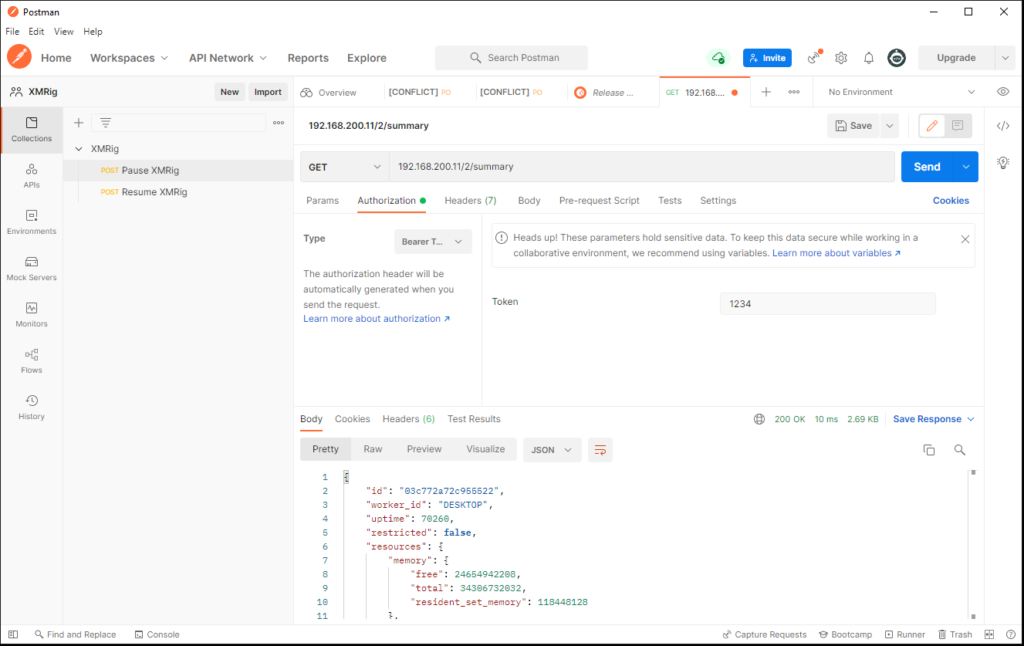
Here is a Python Postman example:
Step 1: Install the requests library
In your terminal or command prompt, run the following command to install the requests library:
pip install requests
Step 2: Import the requests library and set up your API request
Create a new Python file (e.g., postman.py) and add the following code:
import requests Set the API endpoint URLurl = "https://example.com/api/endpoint"
Set the API method (GET, POST, PUT, DELETE, etc.)method = "POST"
Set the request headersheaders = {
"Content-Type": "application/json",
"Authorization": "Bearer YOUR_API_KEY"
}
Set the request body (JSON data)body = {"key1": "value1", "key2": "value2"}
Step 3: Send the API request
Use the requests library to send the API request:
response = requests.request(method, url, json=body, headers=headers) Check if the response was successful (200 OK)if response.status_code == 200:
print("API request successful!")
else:
print("Error:", response.status_code)
Step 4: Print the API response
If the response was successful, you can print the API response:
print(response.json())
Here is an example of what your Python file might look like:
import requests Set the API endpoint URLurl = "https://example.com/api/endpoint"
Set the API method (GET, POST, PUT, DELETE, etc.)method = "POST"
Set the request headersheaders = {
"Content-Type": "application/json",
"Authorization": "Bearer YOUR_API_KEY"
}
Set the request body (JSON data)body = {"key1": "value1", "key2": "value2"}
response = requests.request(method, url, json=body, headers=headers)
Check if the response was successful (200 OK)if response.status_code == 200:
print("API request successful!")
else:
print("Error:", response.status_code)
print(response.json())
Tips and Variations
To send a GET request instead of a POST request, change themethod variable to "GET". If your API endpoint requires authentication (e.g., OAuth), you'll need to set up an authentication flow using a library like authlib. To handle errors and exceptions in your code, use try-except blocks and error-handling libraries like loguru.
Remember to replace the YOUR_API_KEY placeholder with your actual API key or credentials.
